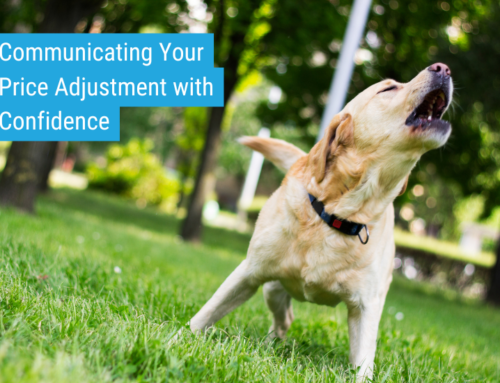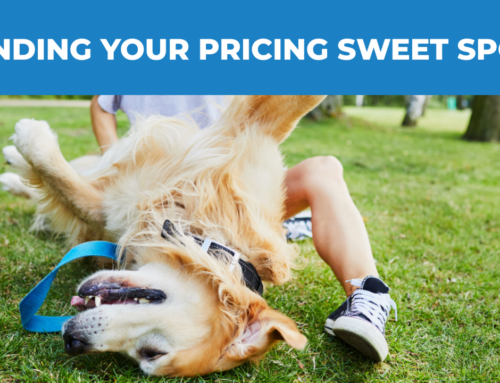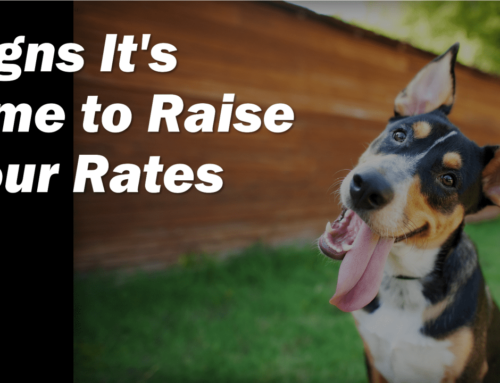Games you can Play to Manage Playgroups
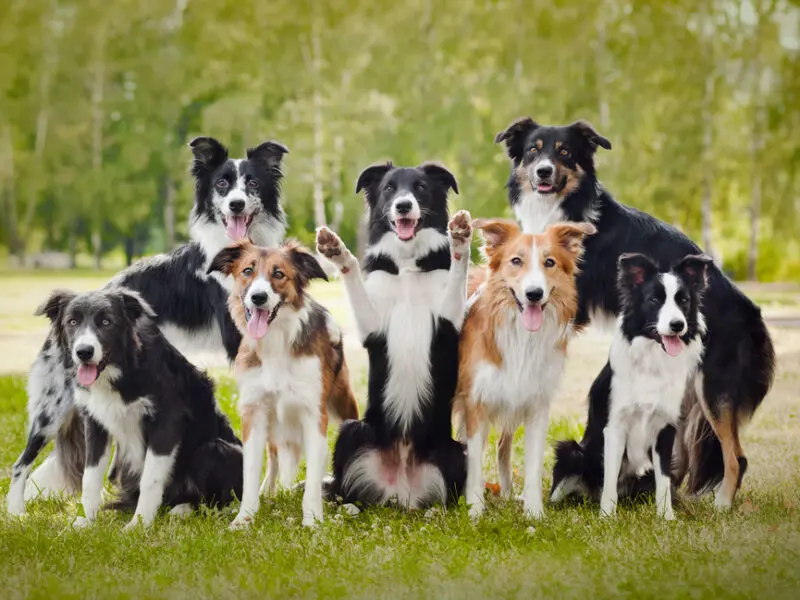
- Why: Owners and Managers are trying to figure out, how to teach people, the canine body language, but then also have the playgroups safe. Came up with three main games your staff can play or practice.
- Body Blocking-
- Hula Hoop game– the goal is to put the hula hoop on the ground and without using your hands or your voice, try to keep the dogs out of the hula hoop. The rules are that you can’t use your hands. So I usually tell people to just put their hands across their chest or put them behind their back. So we’re going to basically walk forward, backwards, left, and right to push the dogs out of your space that you have in the hula hoop.
- Benefit: as the dogs get used to that exercise, they’ll start to start to respect your
- space a little bit more so they aren’t pushing into you, and they’re not jumping on you or they’re not trying, you’re able to use your body just to manage them.
- Recall-
- Which is basically Come (here) cue. You can do this without treats using praise, using that happy voice to try to get the dogs to you. And again, you want to do it, start doing this when it’s a low key time. And so the dogs don’t have a lot of other things going on. And the key is you do have to have like the real party and praise and celebration when the dogs get to you. So that for them, a lot of pets and pats make it a happy time so that in their mind, there is a reward for coming to you when you ask them to.
- Benefit: being able to call a dog to you, could be really beneficial. You want to make sure you’re able to call every dog in the group because this response can help you so much when you may have chase that’s going on a little bit too long and you want one of the dogs to come to you. I would call the one that’s most reliable to you in the recall. If you need to get them away from things, which is one of the things I love. In this video, you’ll see those poopy eaters.
- Group Sits-
- Practicing group sits and then tossing a ball for a couple of dogs. So the reward is that they get to go play fetch. You might have a group sit or you might have a dog sit and then they get let through a door.
- Benefit: are a great way to get a dog out of just reacting and thinking, and it can calm them down, can help lower arousal, and can strengthen that bond between the person and the dog. Plus it’s a good challenge for the handlers.
- Gate Boundary Training-
- How: Start when there’s few distractions and maybe fewer dogs. Because you want to set yourself up for success. And what you do is take that same concept for the Hula Hoop game, but now you’re doing it for the gate. And so you’re claiming maybe start with at least one foot around the gate where dogs can’t be in, and then you want to get out to two feet and ideally three feet. Once you get good at it you can do this during arrivals and departures.
- Benefit: to safely keep dogs away from the gate boundary so that dogs can come and go from playgroups without getting mobbed and keeps the gates safer.
These games not only help the dogs have something to do, but I think the real value is helping the handlers have something productive to do that makes their leadership more evident to the dogs.
Other games
- Follow the leader- establishes leadership.
- Hula Hoop Game – body blocking
- Group Sit- obedience cues
- Recall- help prevent them from chasing or eating poop,
- Hide and seek
- Gate Boundary Training-
- Freeze tag- teach impulse control and learn to settle down after the excitement
- Obstacles- encourage them to go under or over things. Confidence building
Ground Rules
- Dogs set the pace for the game
- Make it easy at first
- Reward heavily
- Keep it fun
Benefits
- Staff is more engaged.
- Dogs are more engaged
- Excellent time to take photos for marketing and social media
- Overall more well behaved dogs
Time Chart
1/3 of your time relaxing with dogs
1/3 of your time observing the dogs
1/3 of time engaging with the dogs

